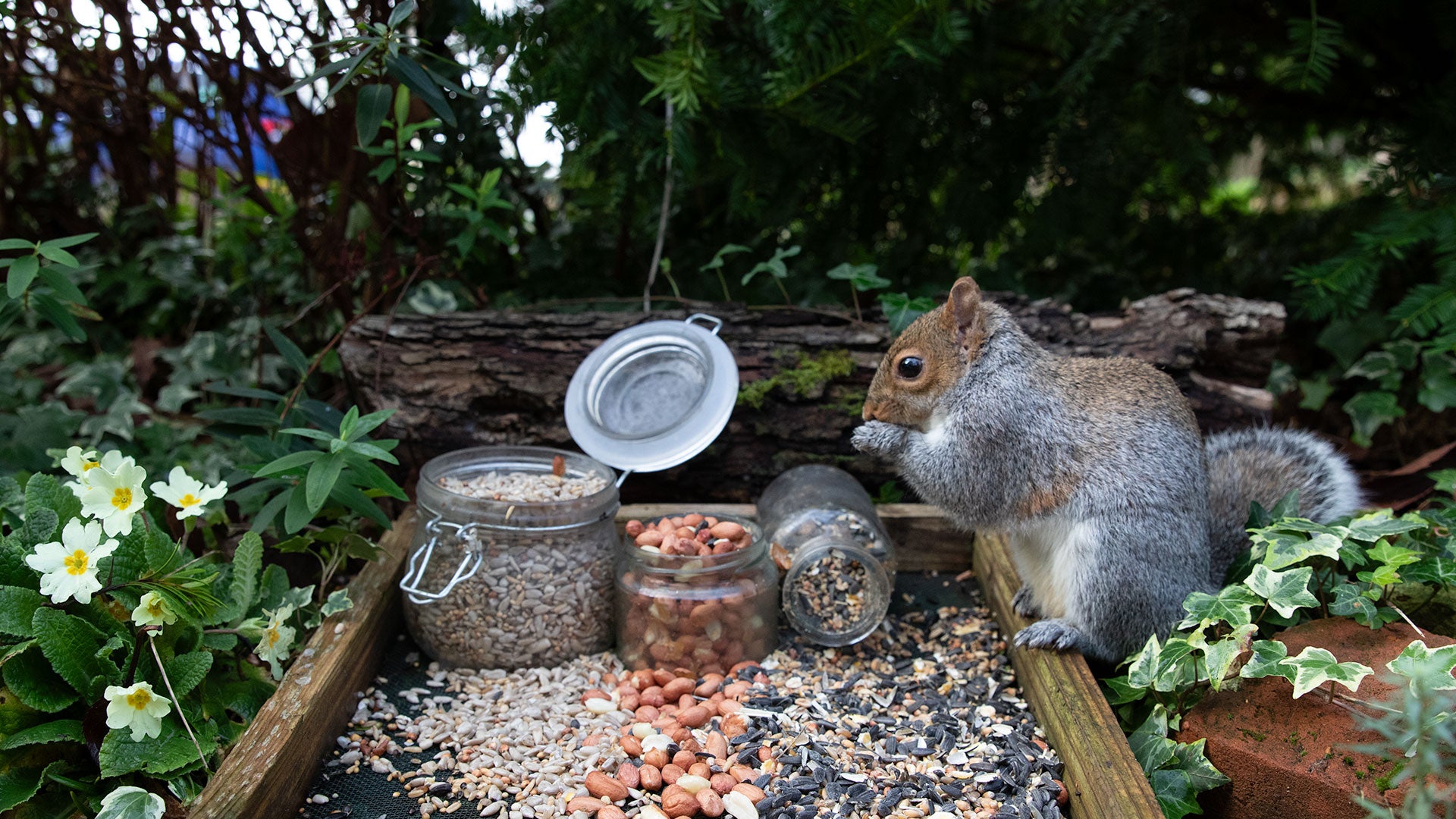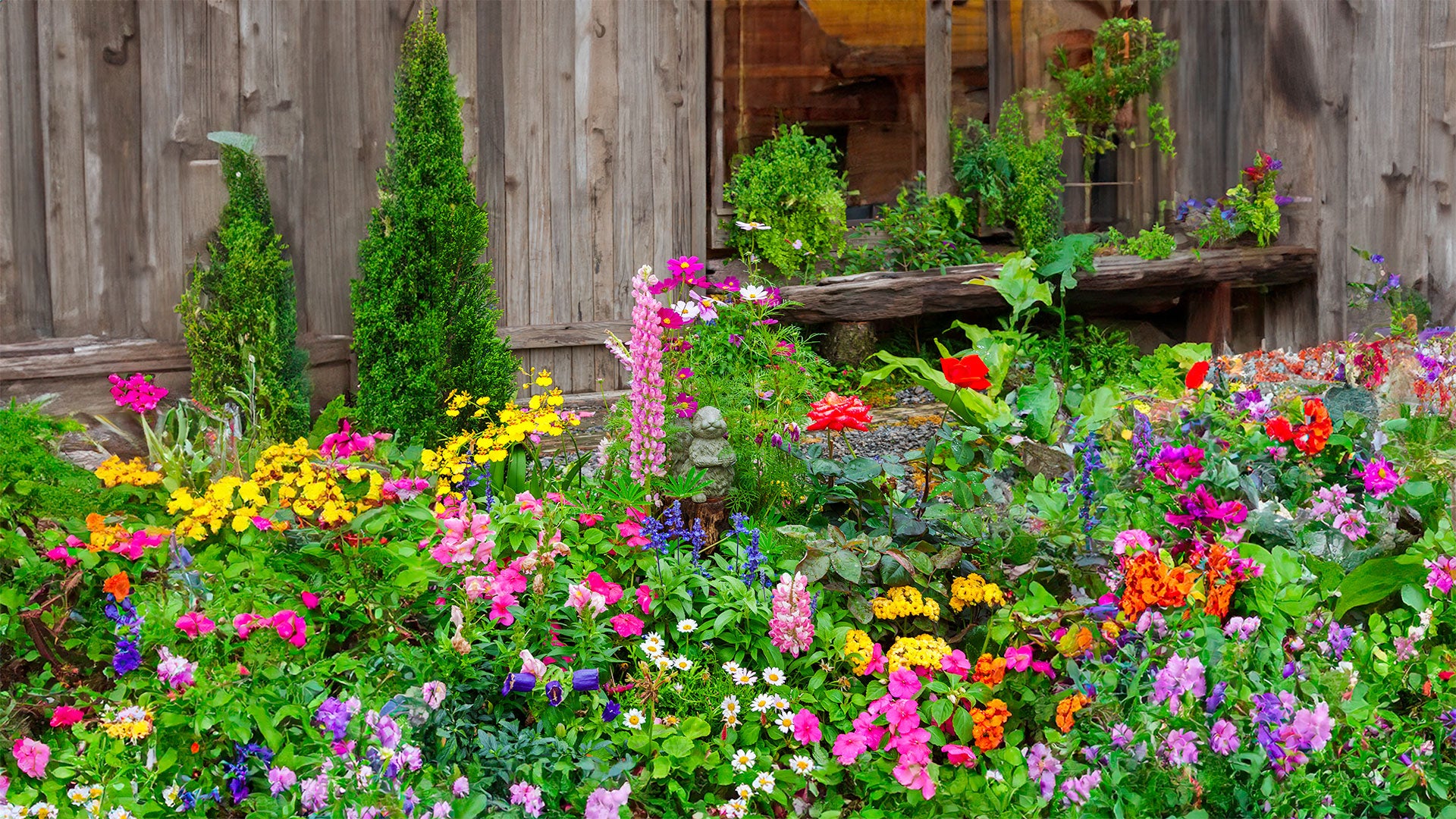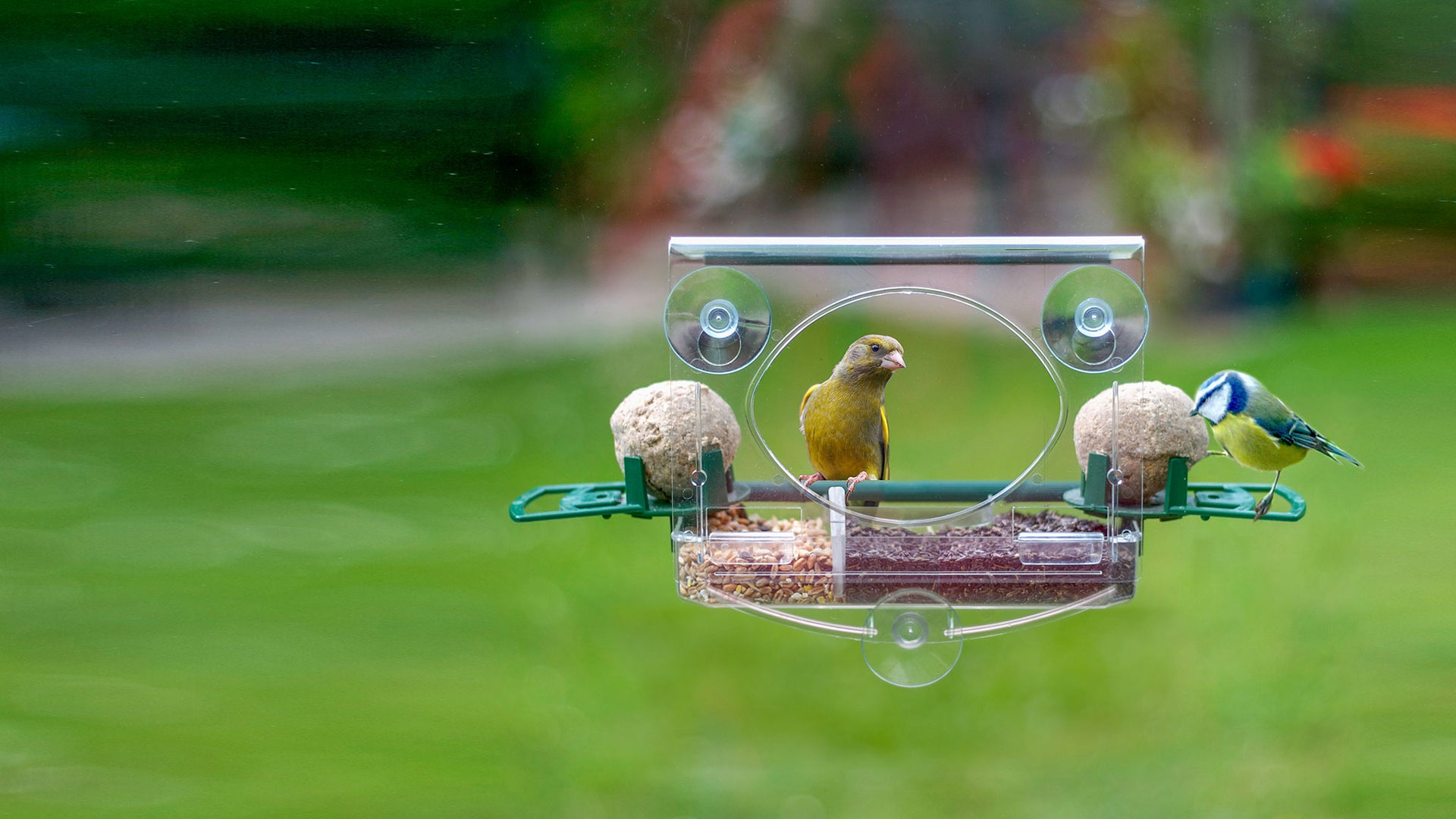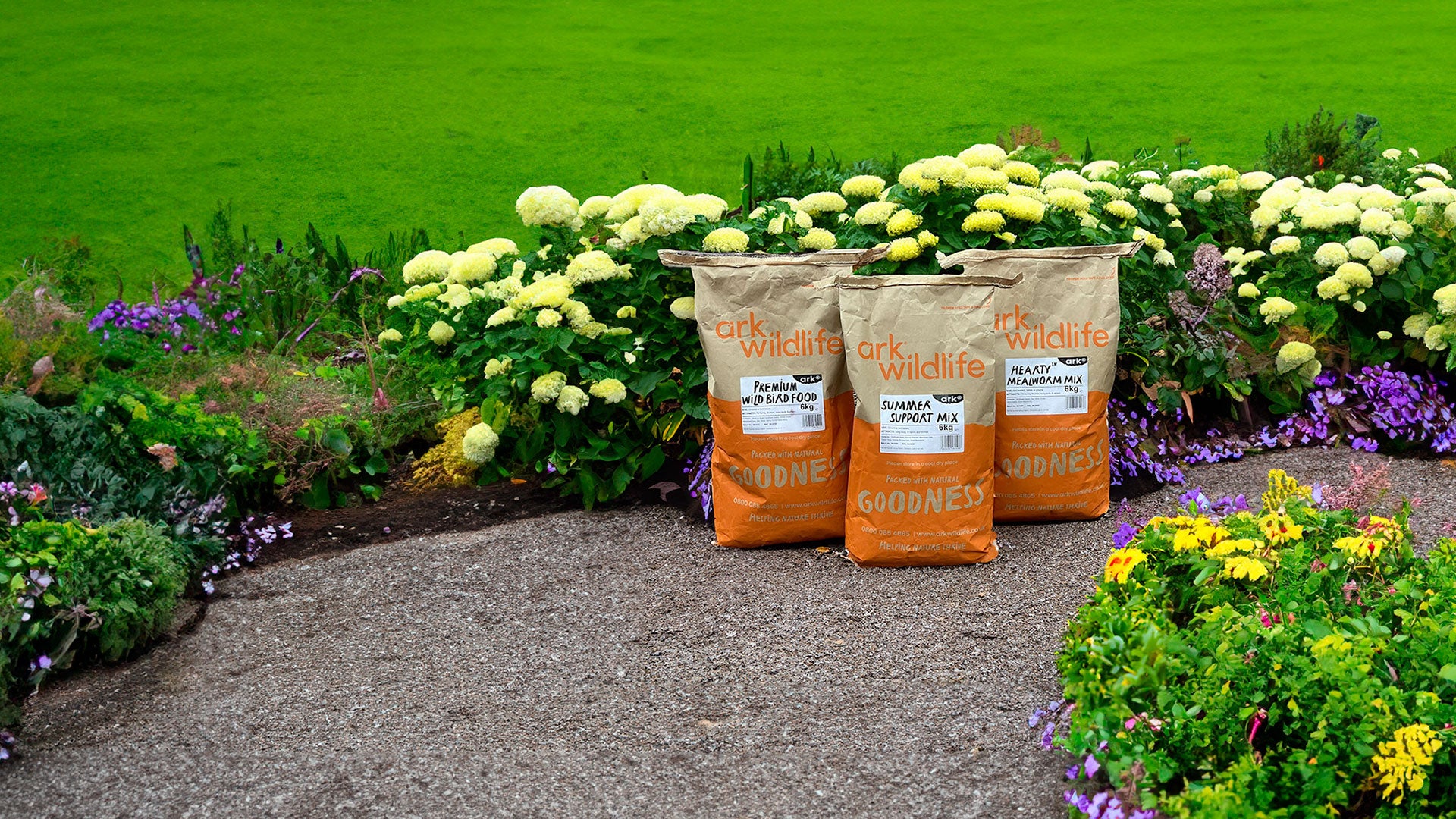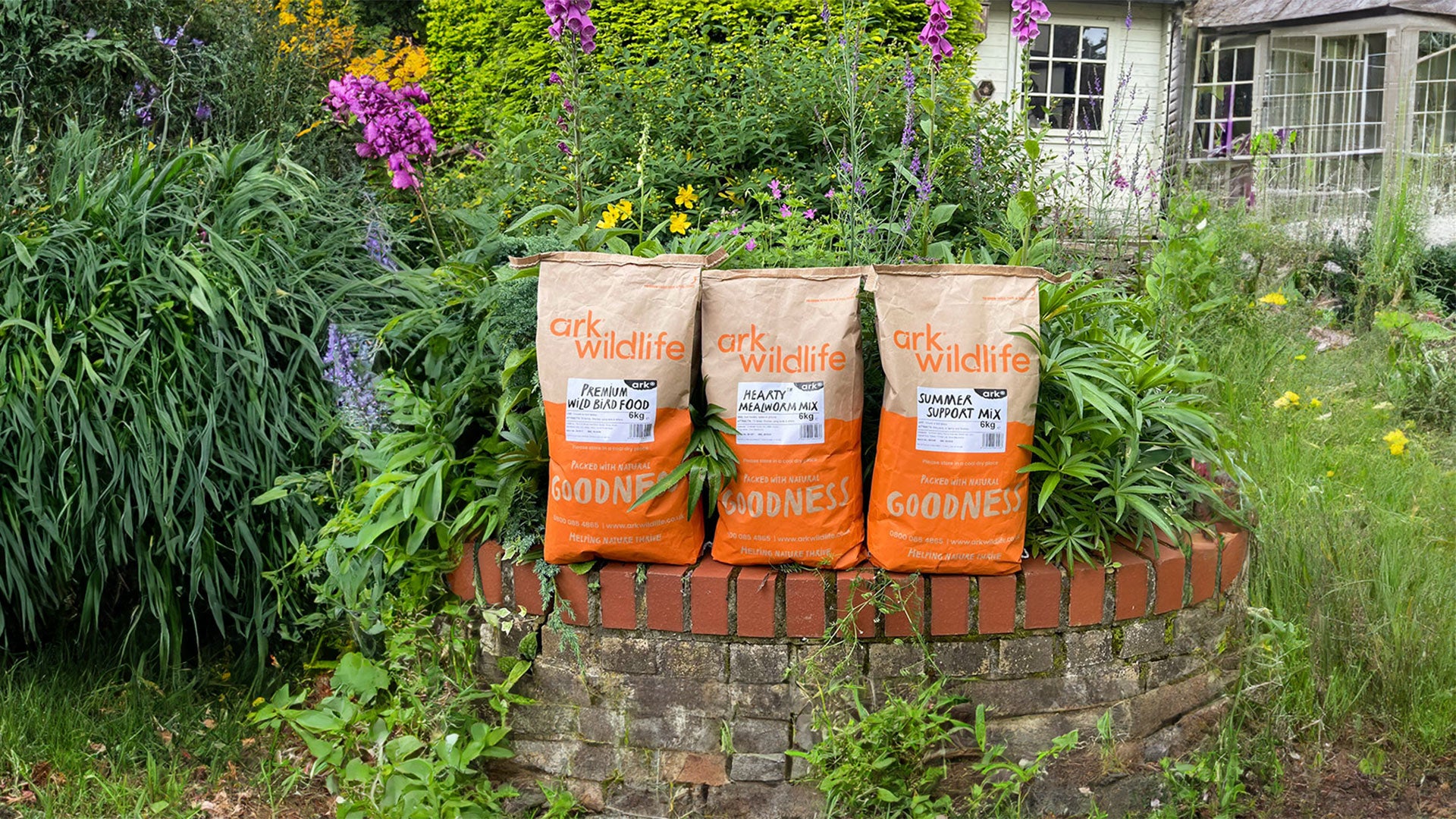It’s the third week of November, it’s wet and typically very cold in the mornings. Most of the leaves have now fallen and the vibrant colours of early autumn are quickly turning to the drab monochromatic landscape of winter. But fear not, as long as you know where to look, our wonderfully ever changing landscape always offers up little gems for those willing to see.
While many of our birds will draw attention to themselves at this time of year by undertaking dramatic and fantastic long haul migratory flights to warmer climes, an equal, often forgotten number, bravely stay behind to ‘tough out’ whatever the British weather can throw at them!
Take the jay, a bird who’ll regularly visit gardens but is rarely seen, sneaking in under dense foliage (its harsh krrrrk call more likely to betray its presence) and always very early in the morning. Then suddenly, in autumn the jay becomes very visible throughout the day and we get many excited calls asking I’ve just seen a blue bird in the garden “was it a parrot?” No is the answer, you’ve seen a jay. Now depending whether an unfortunate escapee, or fabulous native is more exciting in your eyes, you’ve just witnessed one of natures wonders.

At this time of year the clever jay, knowing winter’s on its way, changes it’s behaviour and starts preparing for winter. They’ve learned that ‘caching’ or hiding food, during a period of glut (autumn) let’s them store food safely, ready for leaner winter months. Having created a food larder, they can avoid the risks and enormous energy demands of migrating, or food shortages and probable starvation by staying. Very clever indeed!
Incredibly, jays have been taking and planting such prodigious quantities of acorns from our grand old oaks that they’ve entered a symbiotic relationship with the trees. The jay is now the most important distributor of acorns, many of which will later germinate and grow. In return the oak supplies the jay with enough food to help them survive the winter.
Next time you’re out and about in late autumn, take a look up any large oak and there’s a good chance you’ll see a jay busily planting our forests of the future and preparing a winter food store.

